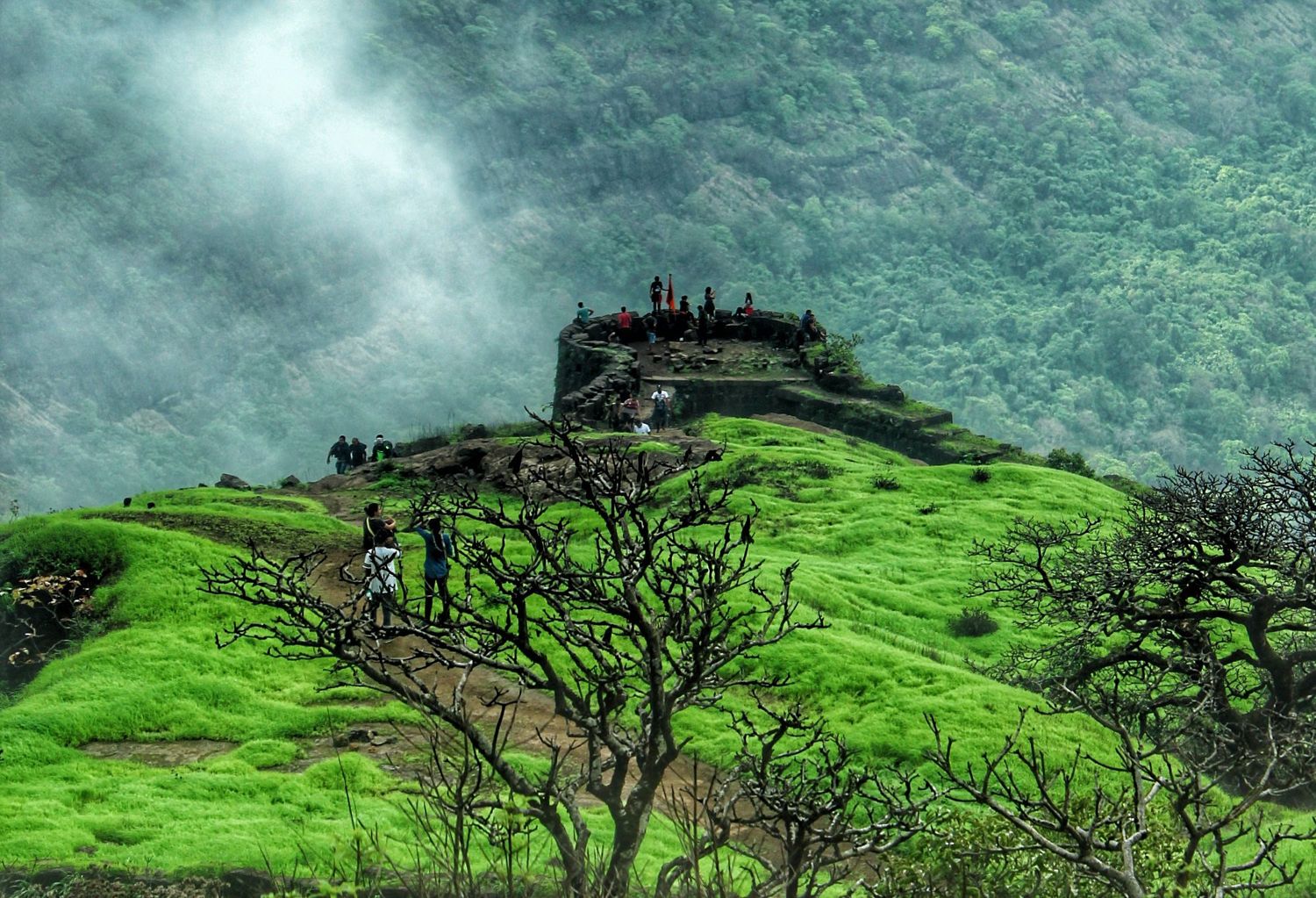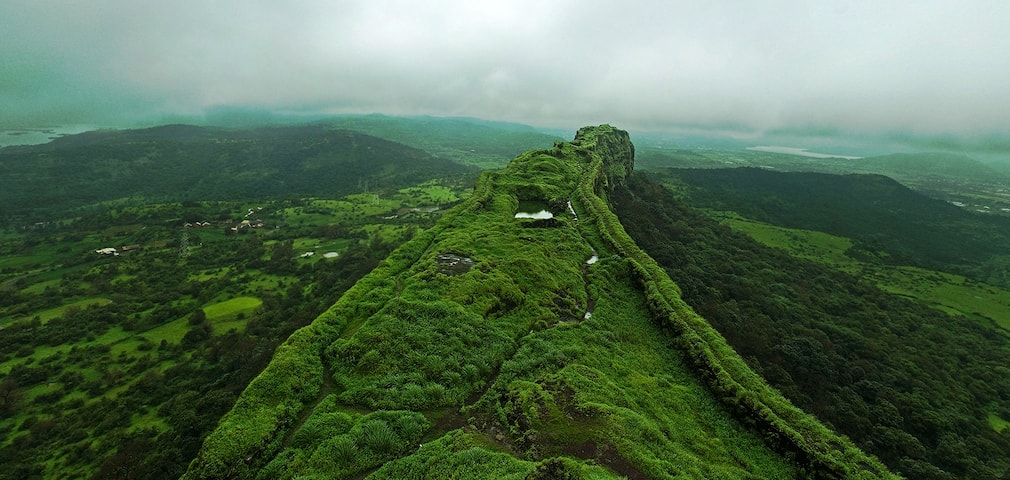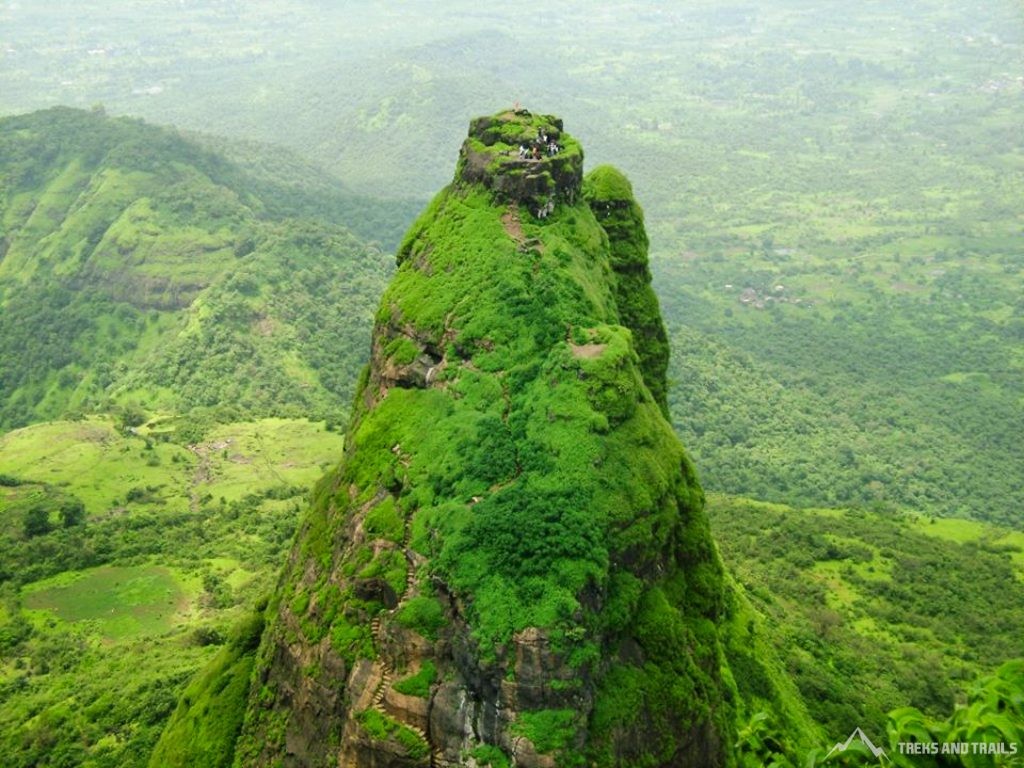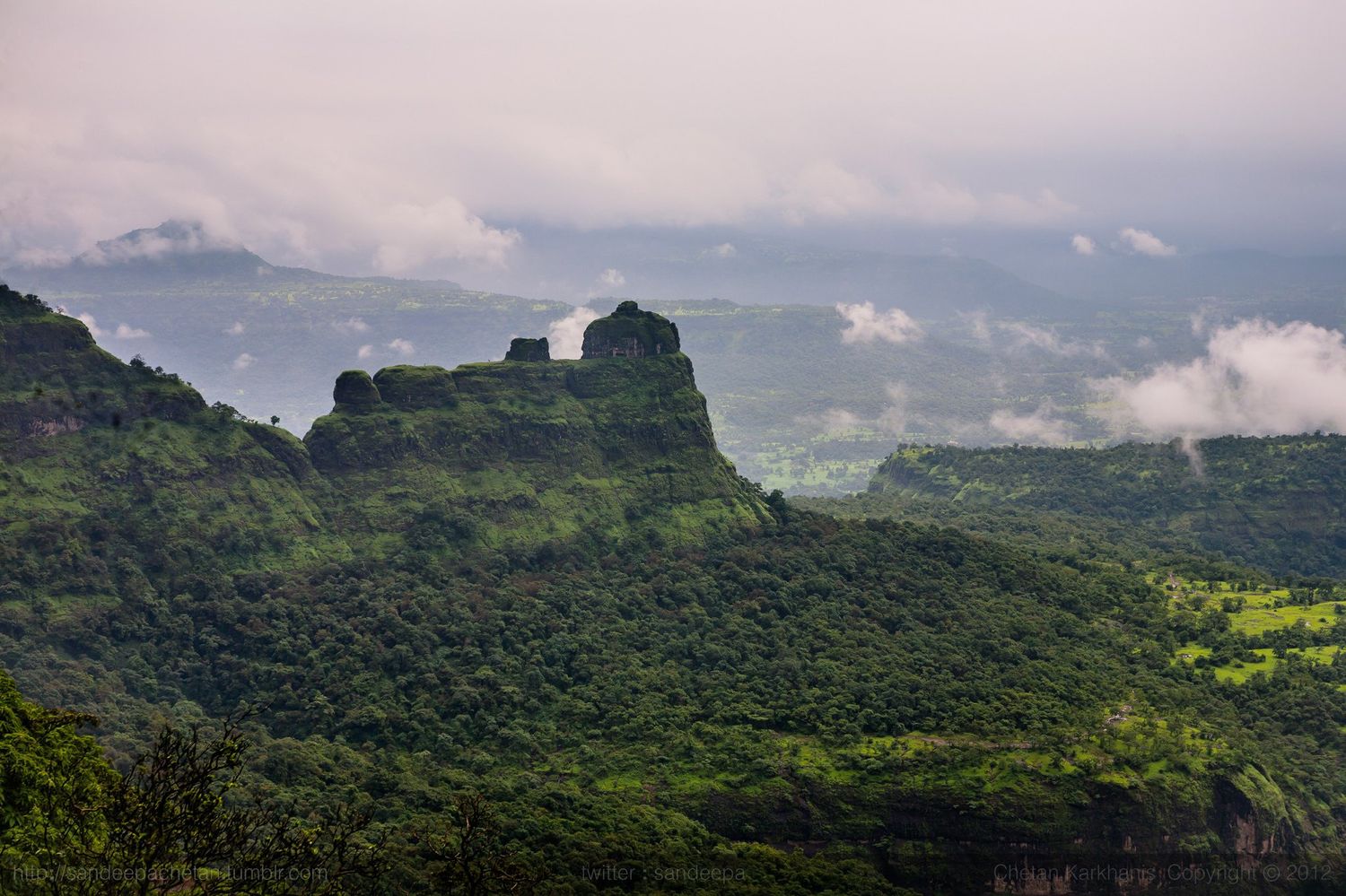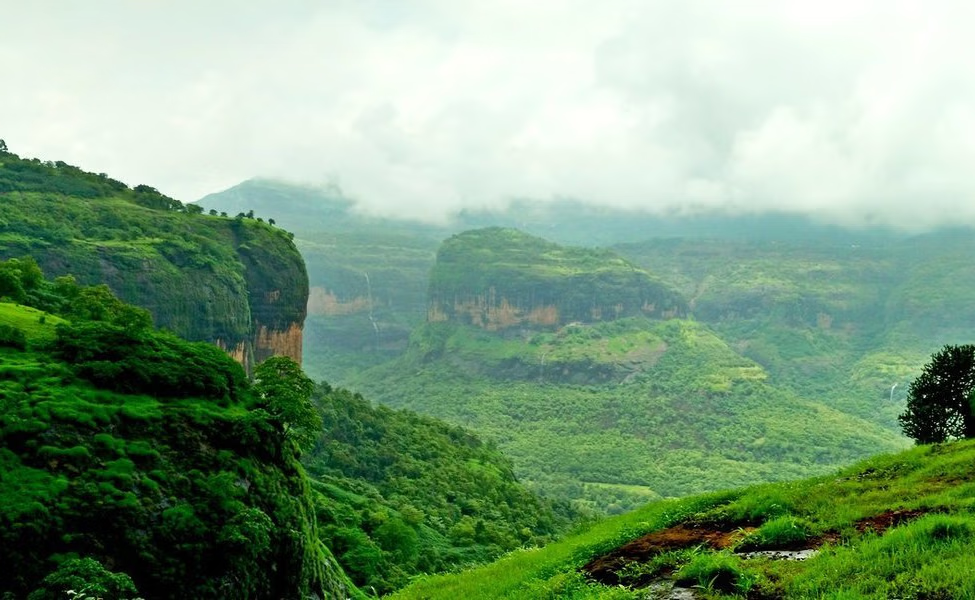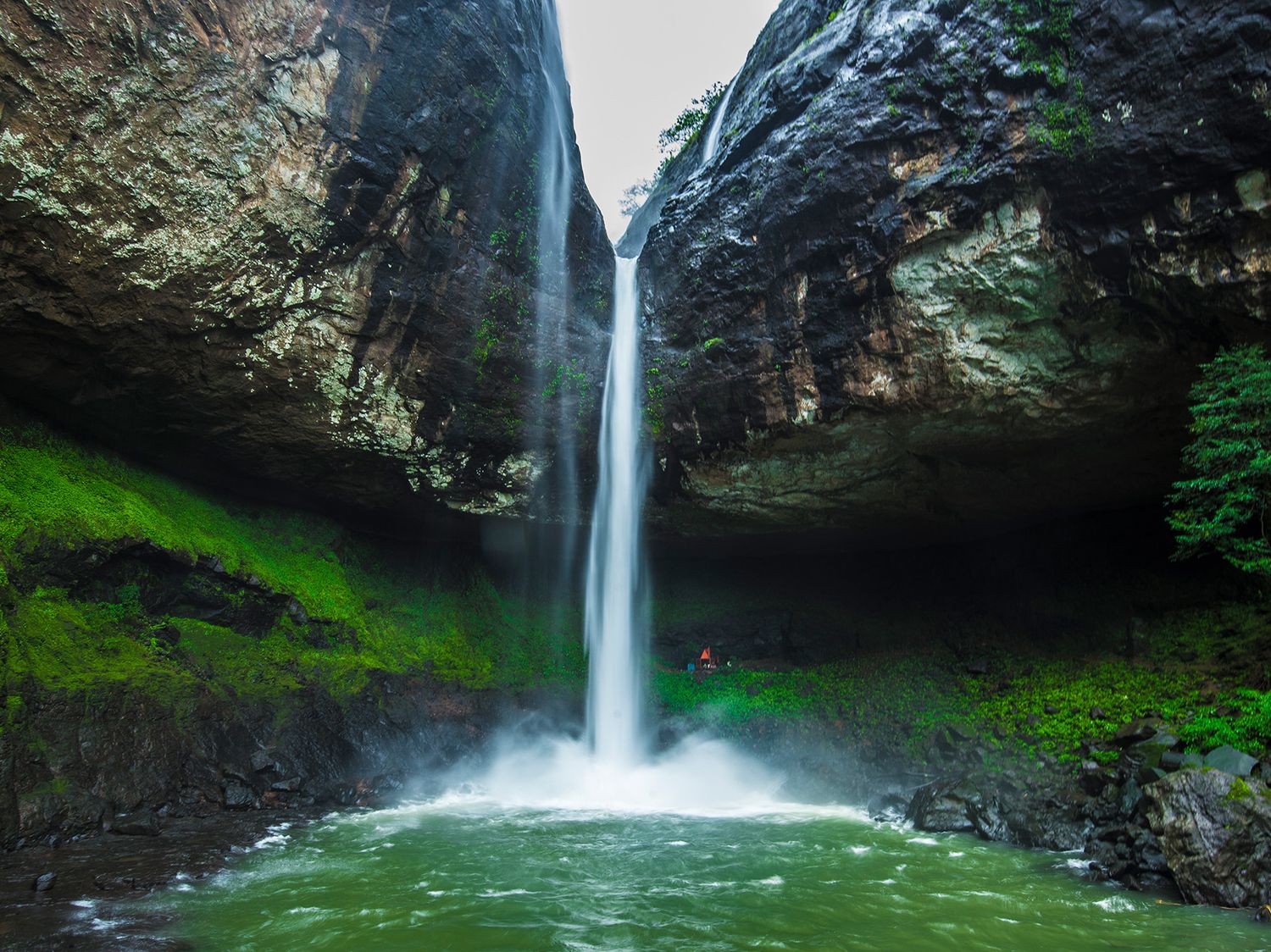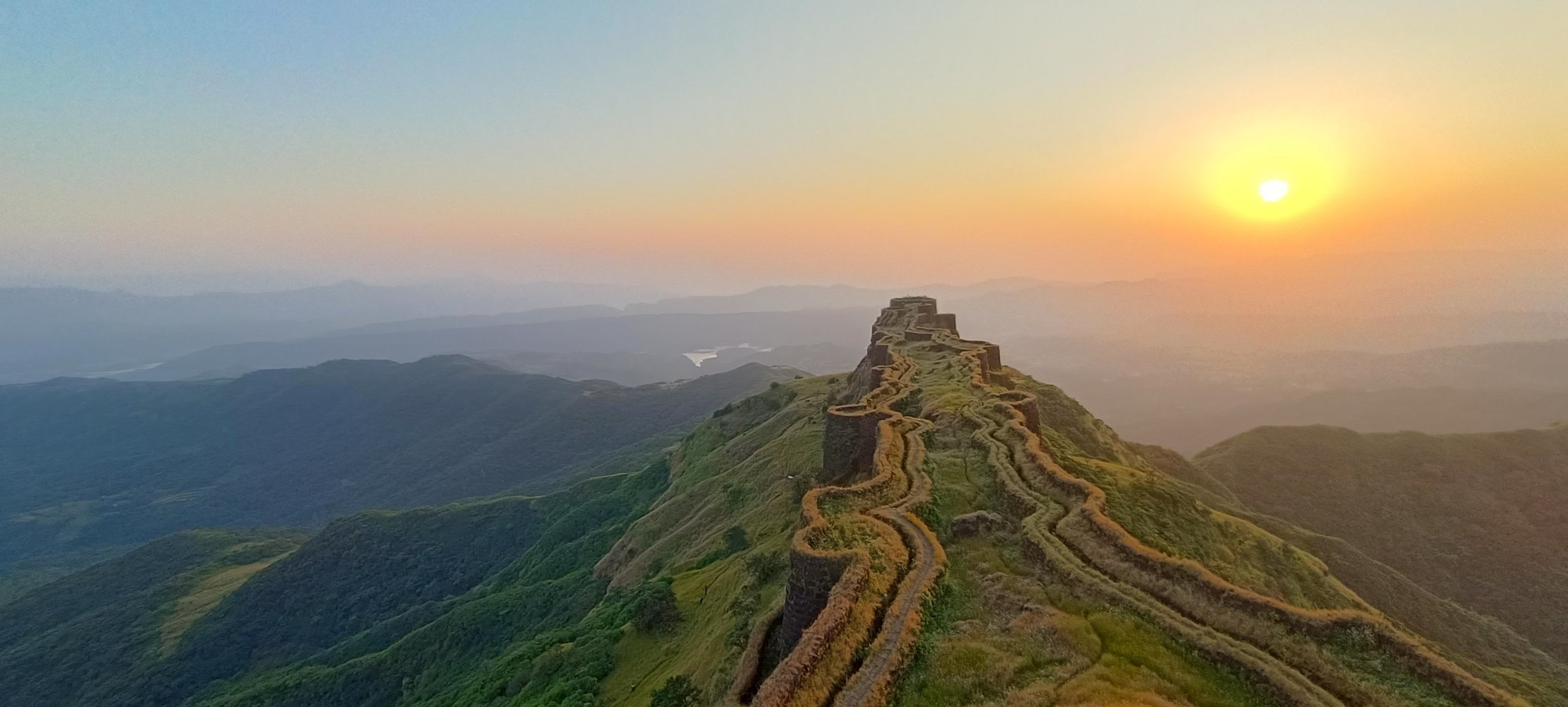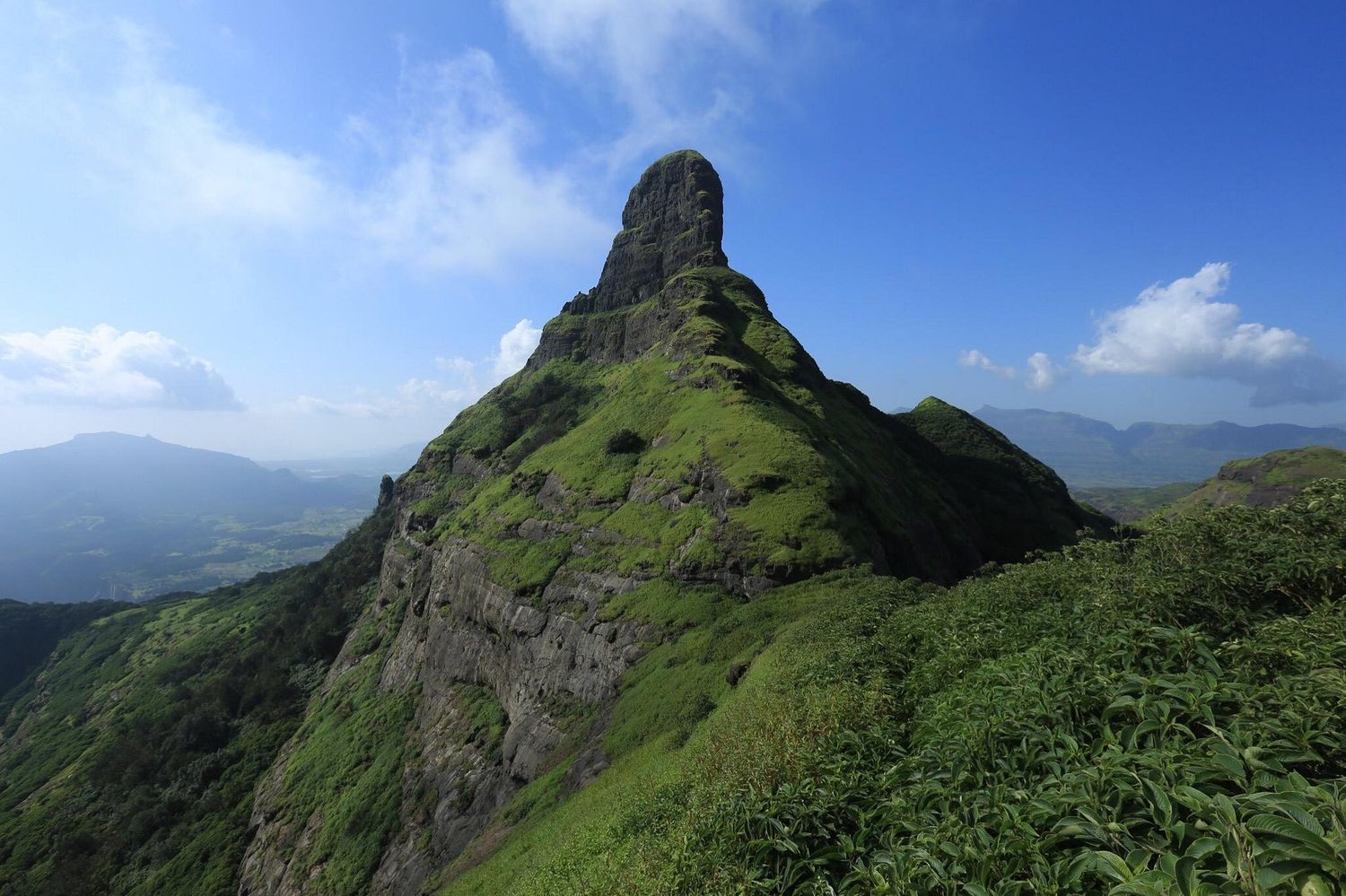Rajmachi Trek: A Monsoon Marvel in the Sahyadris
The Rajmachi Trek is one of the most popular treks in Maharashtra, especially during the monsoon season when the Sahyadris turn lush green, waterfalls cascade down cliffs, and mist blankets the valleys. Situated at 2,713 ft, Rajmachi Fort consists of two stronghold structures – Shrivardhan and Manaranjan – offering panoramic views of the surrounding Western Ghats. The trek is accessible from both Lonavala and Karjat, making it a favorite weekend getaway for trekkers from Mumbai and Pune.
The Fort and Its History
Rajmachi Fort has great historical importance, having been under the rule of the Marathas, Mughals, and the British. It was used by Chhatrapati Shivaji Maharaj as a strategic military outpost to oversee the Bor Ghat trade route between Mumbai and Pune.
Monsoon Magic
The monsoon months transform Rajmachi into a paradise. The trail comes alive with gushing waterfalls, lush green valleys, misty ridges, and a refreshing cool climate that makes trekking an unforgettable experience.
Why Trekkers Love Rajmachi
- Easy accessibility from Mumbai and Pune
- Stunning monsoon landscapes with waterfalls and streams
- Historic forts with panoramic Sahyadri views
- Camping opportunities near Udhewadi village
- Perfect weekend trek for beginners and seasoned trekkers alike
